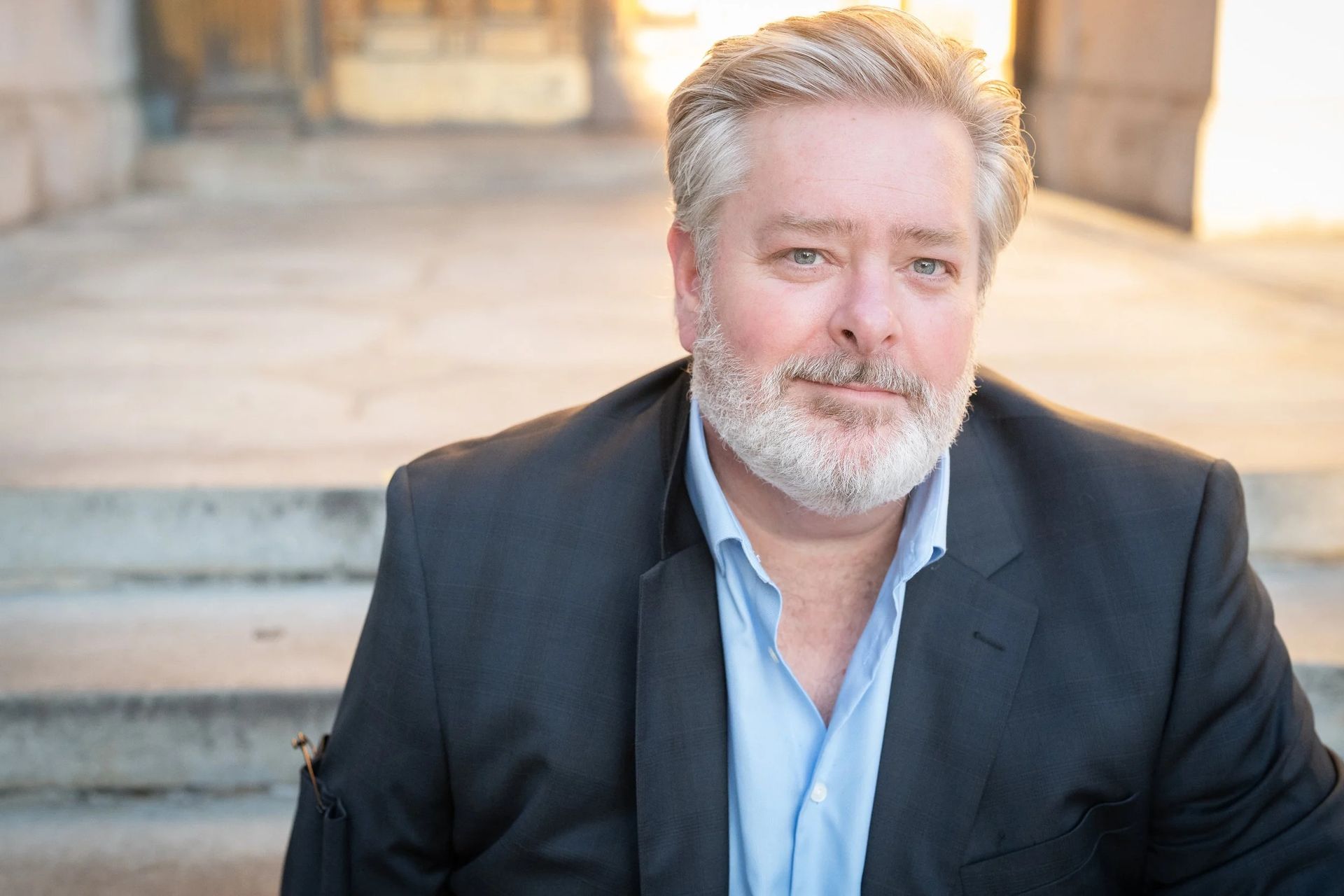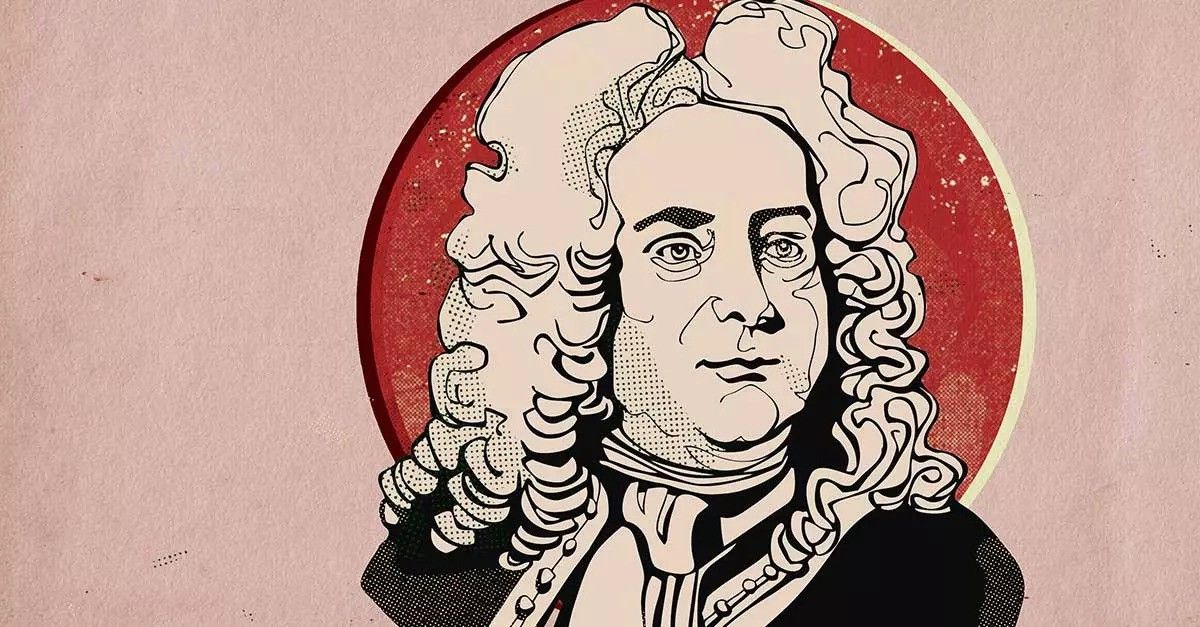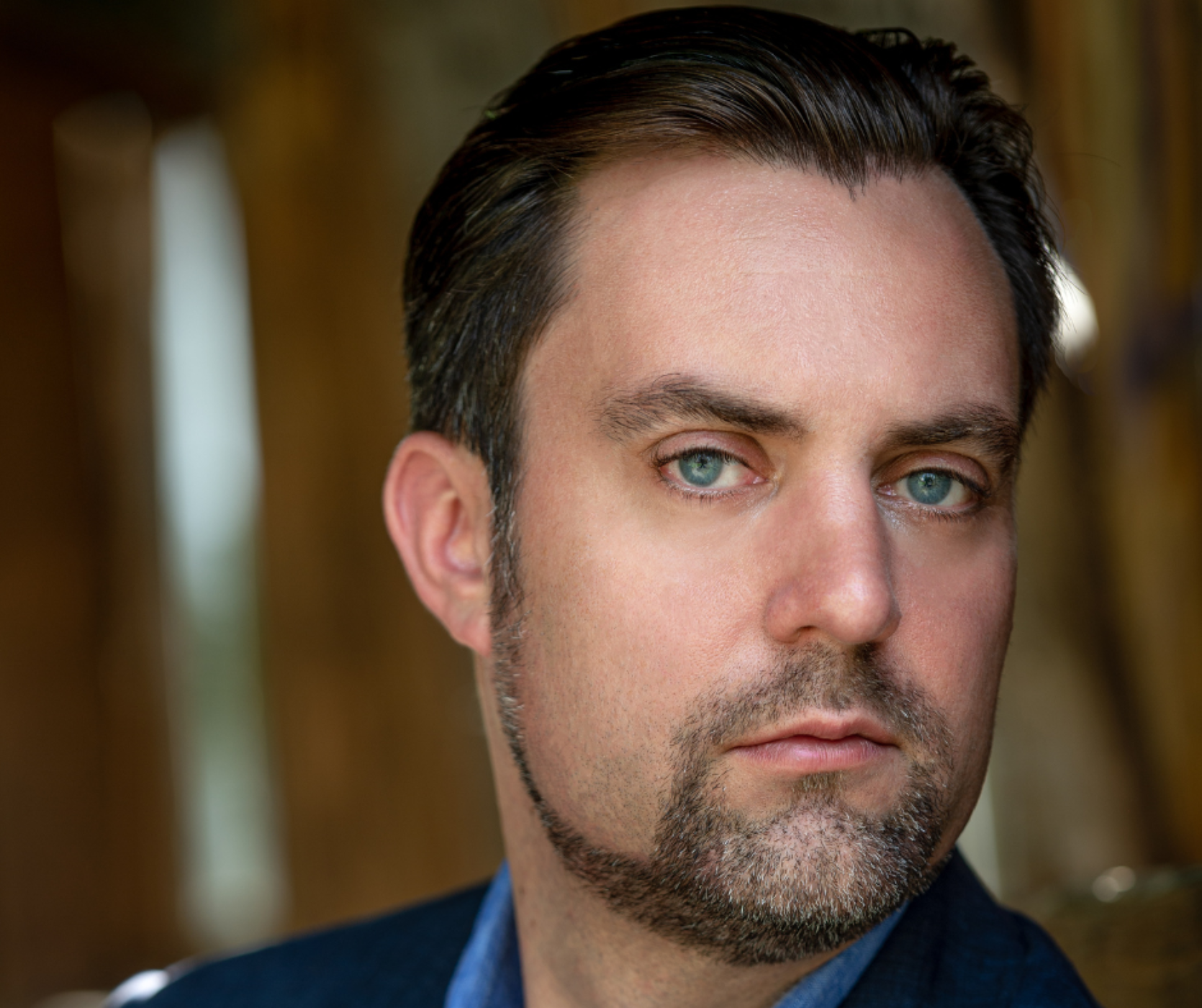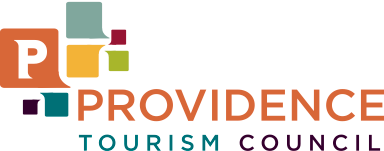THE STORY BEHIND: Beethoven's Piano Concerto No.2
Share
On April 13, conductor Benjamin Manis and the Rhode Island Philharmonic Orchestra will present BEETHOVEN CONCERTO NO.2 with pianist Orli Shaham.
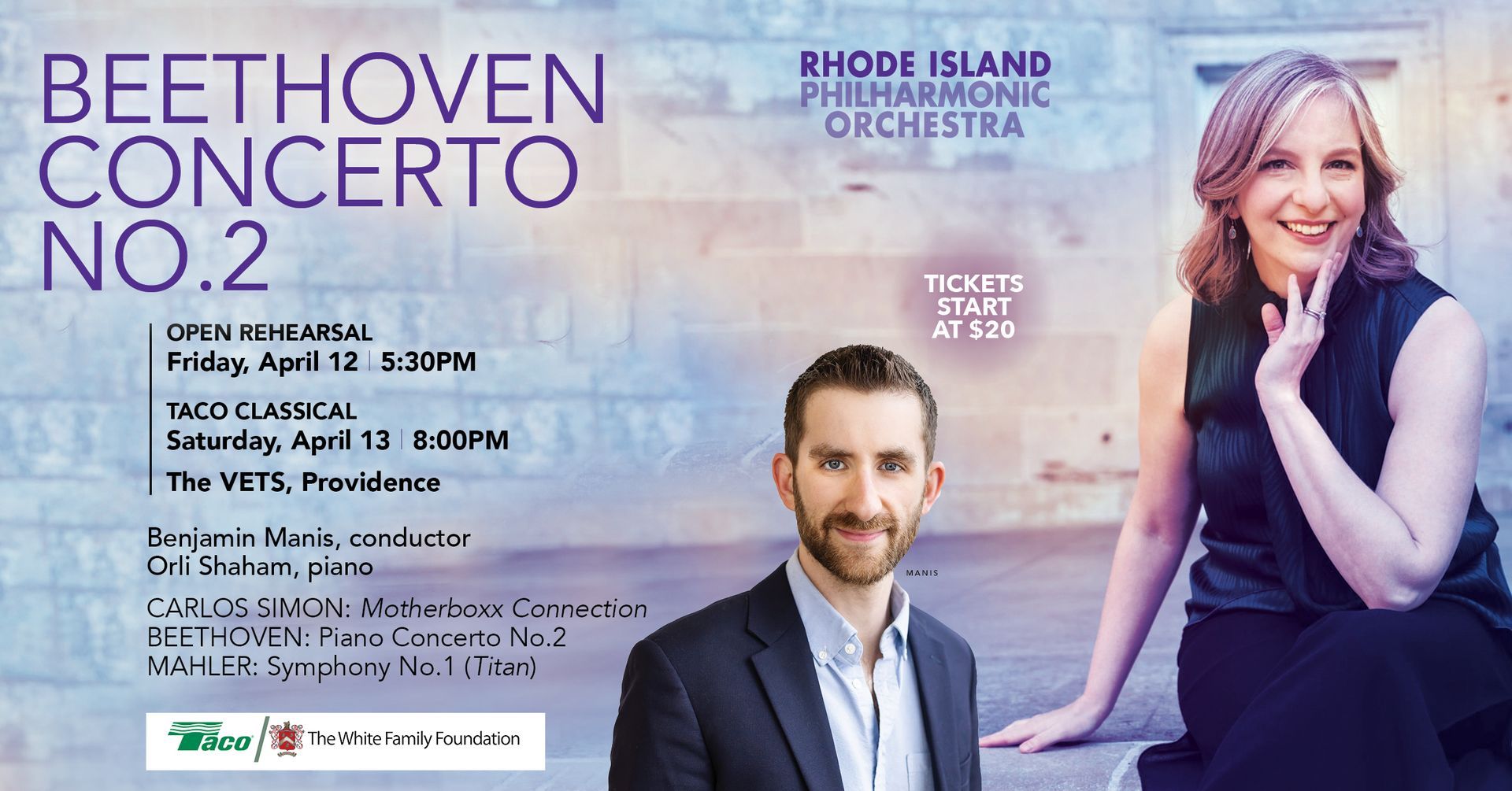
Title:
Piano Concerto No.2, op.19, B-flat major
Composer:
Ludwig van Beethoven (1770-1827)
Last time performed by the Rhode Island Philharmonic:
Last performed October 18, 2014 with Daniel Hege conducting and soloist Jon Nakamatsu. In addition to a solo piano, this piece is scored for flute, two oboes, two bassoons, two horns and strings.
The Story:
The Piano Concerto No.2 by Ludwig van Beethoven was the second published but the first completed. Although Beethoven had made two adolescent attempts, the B-flat Concerto, begun two years after his 1792 arrival in Vienna, was his first fully orchestrated piano concerto. He finished the work the following year, barely in time for its premiere on his debut concert of March 29, 1795. The concerto contained innovative contrasts in dynamics and mood, but was also deeply indebted to Mozart’s piano concertos, especially in its structure. Thus, an adventurous work from Beethoven’s period of discipleship emerged, but a work with which he was dissatisfied for several years. The composer continued to play the concerto, but only while making drastic revisions on it until 1801, when he finally consigned it to a publisher. By that time, he had composed and published his C Major Concerto as No.1 (Op. 15), so the B-flat Concerto became No.2 by default.
When Czech piano virtuoso Václav Tomášek heard Beethoven play the revised B-flat Concerto in Prague in 1798, he could not touch the piano for days. That may have resulted from the power of Beethoven’s performance. However, the work was no doubt also impressive. In the first movement, there is a plethora of interesting material, sometimes handled in unexpected ways. For example, Beethoven sets up the audience to expect the orchestra’s second theme to sound in a certain key. Instead, he sidesteps into the “wrong” key. About the halfway point, orchestra and piano engage in a dialogue of fragments from various themes. Then the music builds again to a climax with the piano’s solo cadenza.
In the
Adagio, the orchestra paints winsome, flowing melodies, which the piano then elaborates and decorates. Here, we get a taste of what Beethoven’s
ex tempore ornamentation must have sounded like. Toward the end, when we expect a full, virtuosic solo cadenza, Beethoven writes out what analyst Roger Fisk calls an “anti-cadenza,” a single line in the right hand only, marked
con gran espressione. The result may not be as
gran
as Beethoven had envisioned, but it is an interesting experiment.
The finale is full of fun, beginning with the “Scotch-Snap” rhythm of the main theme. Episodic digressions from the theme are equally imaginative, particularly the section that carries a slightly Gypsy flavor. Beethoven concludes his concerto with all the rugged good humor of a country dance.
Program Notes by Dr. Michael Fink © 2023 ALL RIGHTS RESERVED
Tickets start at $20! Click HERE or call 401-248-7000 to purchase today!

